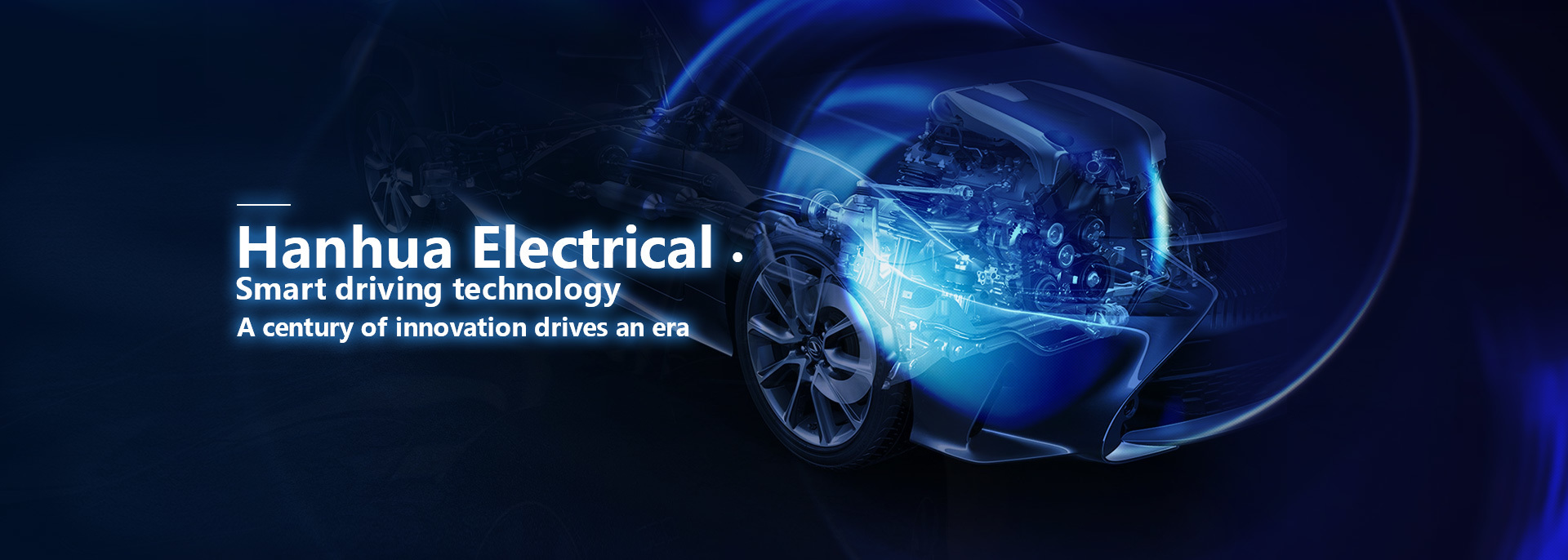The materials and manufacturing processes of brushless motor stators and rotors
Release Time:
2023-09-28
Materials and Manufacturing Processes of Brushless Motor Stator and Rotor
Brushless motors are a type of motor widely used in various fields. One of their key components is the stator and rotor. The materials and manufacturing processes of the stator and rotor have a significant impact on the performance and lifespan of brushless motors. This article will introduce the commonly used materials and manufacturing processes of brushless motor stators and rotors, and discuss their impact on motor performance.
First, let's understand the commonly used materials for brushless motor stators and rotors. Currently, common stator and rotor materials include silicon steel sheets, magnetic materials, and copper conductors. Silicon steel sheets are materials with high magnetic permeability and low magnetic loss, which can effectively reduce iron loss and eddy current loss, and improve motor efficiency. Magnetic materials are usually permanent magnet materials, such as neodymium iron boron and cobalt magnets. They have a strong magnetic field and stable magnetic properties, which can provide sufficient magnetic force to drive the motor rotor movement. Copper conductors are used to make motor windings, with excellent conductivity and heat dissipation performance, ensuring stable operation of the motor.
Next, we will discuss the manufacturing processes of brushless motor stators and rotors. The stators and rotors of brushless motors usually adopt a laminated structure, which means that silicon steel sheets and magnetic materials are alternately stacked to form a stator core. In the production process, silicon steel sheets need to be punched first, cutting them into the required shapes and sizes. Then, magnetic material is coated on the silicon steel sheets to form a magnetic layer. Next, multiple silicon steel sheets and magnetic layers are alternately stacked, and hot pressing is performed using pressure and temperature to firmly bond them together. Finally, the stator core is finely processed, such as grinding and drilling, to ensure that its dimensions and surface quality meet the requirements.
The materials and manufacturing processes of brushless motor stators and rotors have a significant impact on motor performance. First, selecting appropriate materials can improve motor efficiency and output power, and reduce energy consumption. The use of silicon steel sheets can reduce iron loss and eddy current loss, improving motor efficiency. Magnetic materials determine the motor's magnetic force and magnetic field stability, directly affecting the motor's output power and torque. Second, excellent manufacturing processes can ensure the precise dimensions and excellent surface quality of the stator core, reducing friction and loss between the rotor and stator, improving motor lifespan and reliability.
In summary, the materials and manufacturing processes of brushless motor stators and rotors have a significant impact on the motor's performance and lifespan. Selecting appropriate materials and adopting excellent manufacturing processes can improve motor efficiency, output power, and reliability, thus meeting the performance requirements of various application fields.
Brushless motors are a type of motor widely used in various fields. One of their key components is the stator and rotor. The materials and manufacturing processes of the stator and rotor have a significant impact on the performance and lifespan of brushless motors. This article will introduce the commonly used materials and manufacturing processes of brushless motor stators and rotors, and discuss their impact on motor performance.
First, let's understand the commonly used materials for brushless motor stators and rotors. Currently, common stator and rotor materials include silicon steel sheets, magnetic materials, and copper conductors. Silicon steel sheets are materials with high magnetic permeability and low magnetic loss, which can effectively reduce iron loss and eddy current loss, and improve motor efficiency. Magnetic materials are usually permanent magnet materials, such as neodymium iron boron and cobalt magnets. They have a strong magnetic field and stable magnetic properties, which can provide sufficient magnetic force to drive the motor rotor movement. Copper conductors are used to make motor windings, with excellent conductivity and heat dissipation performance, ensuring stable operation of the motor.
Next, we will discuss the manufacturing processes of brushless motor stators and rotors. The stators and rotors of brushless motors usually adopt a laminated structure, which means that silicon steel sheets and magnetic materials are alternately stacked to form a stator core. In the production process, silicon steel sheets need to be punched first, cutting them into the required shapes and sizes. Then, magnetic material is coated on the silicon steel sheets to form a magnetic layer. Next, multiple silicon steel sheets and magnetic layers are alternately stacked, and hot pressing is performed using pressure and temperature to firmly bond them together. Finally, the stator core is finely processed, such as grinding and drilling, to ensure that its dimensions and surface quality meet the requirements.
The materials and manufacturing processes of brushless motor stators and rotors have a significant impact on motor performance. First, selecting appropriate materials can improve motor efficiency and output power, and reduce energy consumption. The use of silicon steel sheets can reduce iron loss and eddy current loss, improving motor efficiency. Magnetic materials determine the motor's magnetic force and magnetic field stability, directly affecting the motor's output power and torque. Second, excellent manufacturing processes can ensure the precise dimensions and excellent surface quality of the stator core, reducing friction and loss between the rotor and stator, improving motor lifespan and reliability.
In summary, the materials and manufacturing processes of brushless motor stators and rotors have a significant impact on the motor's performance and lifespan. Selecting appropriate materials and adopting excellent manufacturing processes can improve motor efficiency, output power, and reliability, thus meeting the performance requirements of various application fields.
Brushless motor stator and rotor





